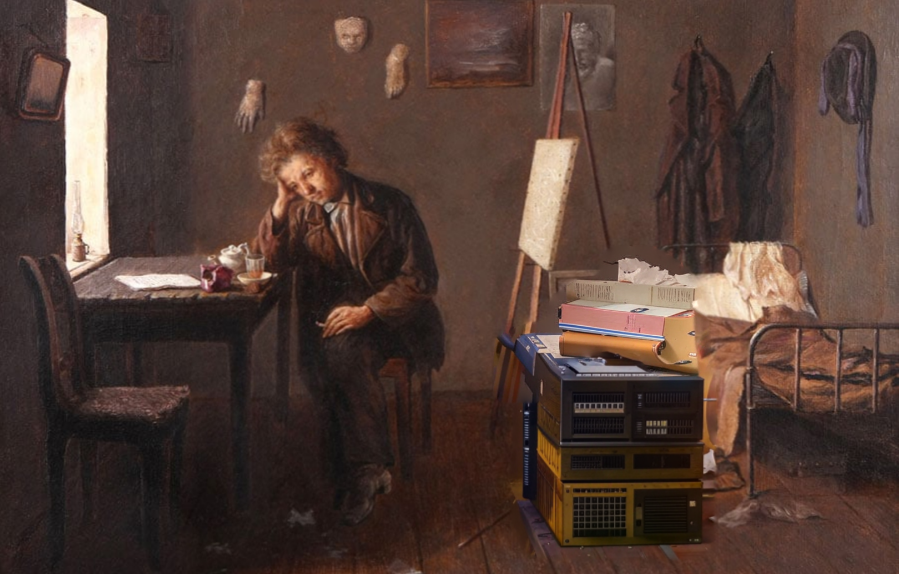Archive for December, 2024
Happy New Year: Diffusion Model image generator in about 700 lines of pure SQL
Regular readers of my blog will be aware that SQL is an excellent tool for graphics. You can use it to draw snowflakes, fractals, ray-traced 3D pictures, and many other things. SQL art is beautiful, albeit slow to generate.
These days they say AI is taking over, and human-made art will soon go the way of the dodo. The same fate awaits SQL-made art, I'm afraid. But you can't stop the progress. If you can't beat'em, join'em. To make regular art, you need regular AI, and to make SQL art, you need SQL AI.
So today, in an effort to save SQL art from extinction, we will be implementing a program capable of creating realistic images of butterflies from scratch—in SQL, of course.

As always, a little bit of theory first.
These days, most AI products that generate pictures (like Kandinsky, Stable Diffusion, Midjorney, and similar) are backed by variations of a technique known as Diffusion Model. I will try my best to explain the intuition behind it, while aiming to keep the level of math and formulas at the bare necessary minimum.
To illustrate the non-SQL related portions of this post, I'll be using a ready-to-use, pretrained model that I found on HuggingFace. This model is called gnokit/ddpm-butterflies-64.
It's a DDPM model, with the UNet architecture as a backbone, trained to perform denoising in 1000 steps with the linear noise schedule from 0.0001 to 0.02. I'll explain later what all these words mean.
It's been trained on the Smithsonian Butterflies dataset. It can unconditionally generate 64×64×3 images of butterflies that don't exist in nature. "Unconditionally" here means there is no prompt or anything. You just run it and get a random butterfly.
With that out of the way, let's begin. First of all, what the hell is DDPM?
 Subscribe in a reader
Subscribe in a reader